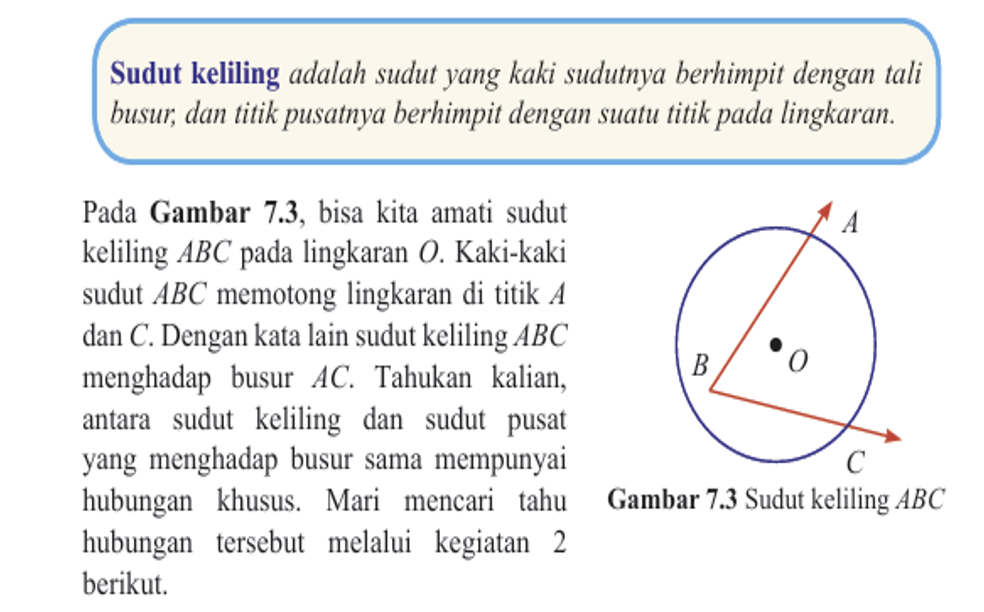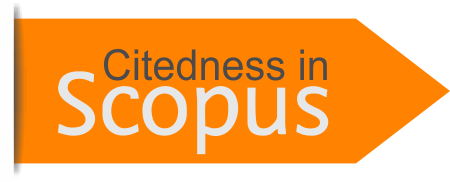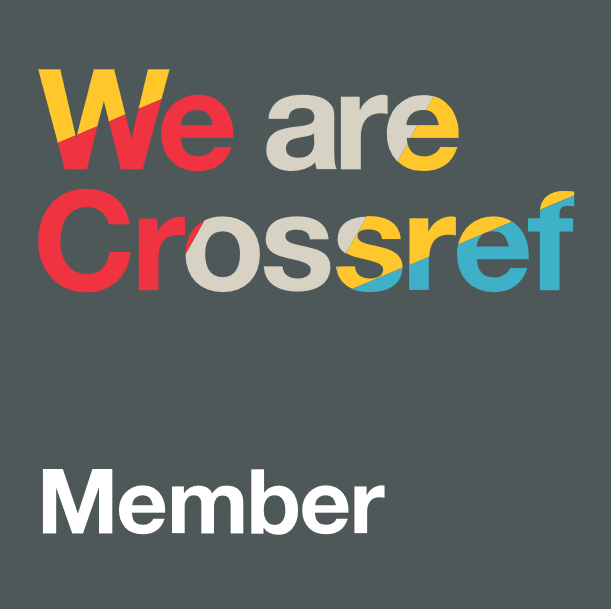A comparative analysis of Indonesian and Indian mathematics textbooks on circles for secondary schools
DOI:
https://doi.org/10.31629/jg.v10i1.7170Keywords:
comparative analysis, mathematics textbook, circle, PISA, problem solvingAbstract
Students' understanding of the concept of circles is still low, which can be influenced by differences in presentation in textbooks between countries and curriculum. Therefore, this study aimed to analyze by comparing the material and questions on the topic of circles in Indonesian and Indian mathematics textbooks in terms of facts, concepts, principles, cognitive levels, PISA framework, and problem-solving questions. This study was conducted using a descriptive-comparative method with a qualitative approach. The objects of this study were Indonesian mathematics textbooks Merdeka Curriculum for grade XI and Curriculum 2013 for grade VIII, as well as Indian mathematics textbooks for grade X. The results showed that the three books had different focuses in delivering the material. Indian books emphasized formal proofs and geometric visualizations and included exploratory activities based on practice. Indonesian books, Curriculum 2013, focused more on contextual activities and gradual discovery of concepts, while Merdeka Curriculum books emphasized conceptual understanding through an exploratory and reflective approach. The questions in the Merdeka Curriculum book are more cognitively diverse, in line with the PISA framework and Polya's problem-solving stages. This finding is essential for developing adaptive textbooks that support higher-order thinking and 21st-century mathematical literacy.
Downloads
References
Almarashdi, H. S., & Jarrah, A. M. (2023). Assessing tenth-grade students’ mathematical literacy skills in solving pisa problems. social sciences, 12(1). https://doi.org/10.3390/socsci12010033
Anggriana, E., Karim, A., & Rahmawati, E. Y. (2024). Analisis soal cerita pada buku matematika siswa kelas vii jenjang smp kurikulum 2013 berdasarkan taksonomi bloom. algoritma : jurnal matematika, ilmu pengetahuan alam, kebumian dan angkasa, 2(6), 154–163. https://doi.org/10.62383/algoritma.v2i6.298
Anifarka, A., & Rosnawati, R. (2023). Analisis buku teks matematika smp berdasarkan tingkat kognitif pada taksonomi bloom revisi dan numerasi pada akm. jurnal cendekia : jurnal pendidikan matematika, 7(3), 2151–2166. https://doi.org/10.31004/cendekia.v7i3.1701
Araiku, J., Sidabutar, R., & Mairing, J. P. (2019). Gender differences in mathematics ability of junior high school students based on bloom’s taxonomy. jurnal gantang, 4(1), 15–25. https://doi.org/10.31629/jg.v4i1.969
Arumbifa, F. Y., & Dewi, N. R. (2025). Kajian teori : pengembangan bahan ajar bernuansa alat musik tradisional gamelan jawa pada materi lingkaran untuk meningkatkan kemampuan pemecahan masalah matematis dengan model problem based learning. prisma, prosiding seminar nasional matematika, 8, 105–113.
Bybee, R., Mccrae, B., & Laurie, R. (2009). PISA 2006: an assessment of scientific literacy. journal of research in science teaching, 46(8), 865–883. https://doi.org/10.1002/tea.20333
Elyana, D., Astutiningtyas, E. L., & Susanto, H. A. (2023). Kesalahan siswa dalam menyelesaikan soal garis singgung lingkaran. plusminus: jurnal pendidikan matematika, 3(1), 93–106. https://doi.org/10.31980/plusminus.v3i1.1226
Firsta, R. R., & Susanti, E. (2024). Indonesian realistic mathematics education learning design for least common multiple material using calendar context for grade vii students. jurnal gantang, 9(2), 205–214. https://doi.org/10.31629/jg.v9i2.6951
Fitri, M., Yuanita, P., & Maimunah, M. (2020). Pengembangan perangkat pembelajaran matematika terintegrasi keterampilan abad 21 melalui penerapan model problem based learning (pbl). jurnal gantang, 5(1), 77–85. https://doi.org/10.31629/jg.v5i1.1609
Fitria, M., Ubaidah, N., & Basir, M. A. (2025). Profil literasi matematika siswa berdasarkan self-efficacy pada penyelesaian soal pisa konten quantity. cartesian: jurnal pendidikan matematika, 04(02), 82–93. https://doi.org/10.33752/cartesian.v4i2.6373
Jannah, M., & Budiman, I. (2022). Analisis kemampuan berpikir kritis matematis siswa dalam menyelesaikan soal cerita pada materi lingkaran. jpmi, 5(1), 237–246. https://doi.org/10.22460/jpmi.v5i1.p%25p
Muharrom, A., & Kadarisma, G. (2022). Analisis kesulitan siswa madrasah tsanawiyah dalam menyelesaikan soal lingkaran. jpmi (jurnal pembelajaran matematika inovatif), 5(2), 463. https://doi.org/10.22460/jpmi.v5i2.8286
Nufus, H., & Fitraini, D. (2024). Statistics education research integrated with islamic studies ( a study of validity and practicality of textbook development). jurnal gantang, 9(2), 265–276. https://doi.org/10.31629/jg.v9i2.6959
Özaydin, Z., & Arslan, Ç. (2022). Assessment of mathematical reasoning competence by pisa 2021 mathematics framework. kuramsal eğitimbilim, 15(3), 453–474. https://doi.org/10.30831/akukeg.1027601
Pandiangan, R., & Sihombing, I. (2025). Penerapan PBL dalam upaya meningkatkan kemampuan pemecahan masalah matematis siswa smp kelas vii. jurnal pengabdian masyarakat dan riset pendidikan, 03(04), 826–831. https://doi.org/https://doi.org/10.31004/jerkin.v3i4.538
Rahmadani, N. S., Lestari, E. M., Syafira, N., Inayah, N., & Pratiwi, D. A. (2025). Analisis Hambatan implementasi kurikulum merdeka pada aspek pemahaman guru dan orientasi siswa terhadap hasil belajar di sdn berangas barat 2. maras: jurnal penelitian multidisplin, 530–541.
Rahman, Z. H., & Setyaningsih, R. (2022). Meningkatkan kemampuan pemecahan masalah siswa melalui pendekatan realistic mathematics education. aksioma: jurnal program studi pendidikan matematika, 11(2), 1620–1629. https://doi.org/10.24127/ajpm.v11i2.5139
Ramadhona, R., Siregar, N. A. R., & Alpindo, O. (2023). The practicality of plane and space geometry textbook as teaching materials in mathematics education department of umrah. jurnal gantang, 8(1), 65–73. https://doi.org/10.31629/jg.v8i1.5658
Ristiyana, T., Botutihe, G., & Kurniawan, M. S. (2024). Analisis kemampuan berpikir kritis siswa dalam menyelesaikan soal cerita matematika smk al basyariah. jurnal pemikiran dan kajian pendidikan, 8(6), 191–198.
Rusmana, I. M. (2019). Literasi matematika sebagai solusi pemecahan masalah dalam kehidupan. diskusi panel nasional pendidikan matematika, 5(1), 1.
Sitorus, P. S., Hutapea, N. M., & Anggraini, R. D. (2021). Pengembangan perangkat pembelajaran menggunakan model discovery learning berbasis pembelajaran matematika realistik pada materi garis singgung lingkaran kelas VIII SMP/MTs. Jurnal Cendekia : Jurnal Pendidikan Matematika, 5(3), 3069–3081. https://doi.org/10.31004/cendekia.v5i3.921
Triansyah, F. A., Arif, H. M., Munirah, M. P., Romadhianti, R., Prastawa, S., Fajriana, K., … & Iman, M. N. (2023). Pemahaman kurikulum dan buku teks. cendikia mulia mandiri.
Umami, I. N., & Asdarina, O. (2024). Analisis level berpikir geometris siswa smp dalam menyelesaikan soal lingkaran berdasarkan teori van hiele. Kognitif: Jurnal Riset HOTS Pendidikan Matematika, 4(1), 460–471. https://doi.org/10.51574/kognitif.v4i1.1554
Vinnervik, P. (2023). An in-depth analysis of programming in the Swedish school curriculum—rationale, knowledge content and teacher guidance. In Journal of Computers in Education (Vol. 10, Issue 2). Springer Berlin Heidelberg. https://doi.org/10.1007/s40692-022-00230-2
Wahyuni, I., Nurisma, A., & Mardiya, R. (2023). Analisis soal penalaran proposional pada buku teks matematika siswa kelas vii berdasarkan taksonomi bloom. Jurnal Pembelajaran Dan Matematika Sigma (JPMS), 9(2), 233–238.
Weniarni, L. (2022). Etnomatematika 1. Penerbit NEM.

Downloads
Published
Issue
Section
License
Copyright (c) 2025 Jurnal Gantang

This work is licensed under a Creative Commons Attribution-NonCommercial-ShareAlike 4.0 International License.

















